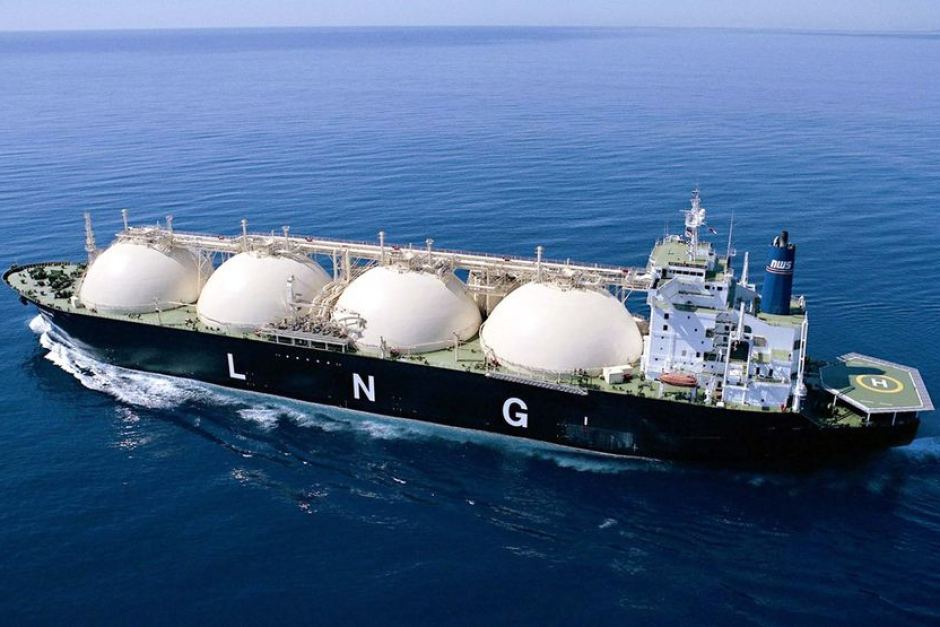Thanks and a hat tip to Don Winner at the Panama Guide for this story. Another way that the newly expanded Panama Canal will benefit in world wide trade of fuel and energy products.
Six years after the start of the $5.25 billion dollar Panama Canal expansion, to capture shipments of products manufactured in Asia to the East Coast of the United States, the flow of liquefied natural gas in the opposite direction promises to be a better bet.
Shipments of fuel, coupled with an increased number of shipments of commodities and energy between the United States, Latin America and Asia, could come to represent the largest sources of demand growth when the project is completed in June 2015, said the Administrator of the Panama Canal Authority, Jorge Luis Quijano.
The shipment of goods in containers, which generates most of the activity for this 50 mile long link, has not yet returned to the same level as in 2007, two years before the global economy had its worst recession since World War II.
The shift shows that growing U.S. shale gas production is redefining the global energy markets.
The Panama Canal expansion is central to this change as the route shortens over 7,500 nautical miles (13,600 kilometers) travel to Asia, where demand for the fuel is fastest growing.
The waterway, which handles 5% of world trade and in the fiscal year prior to 30 September 2012 shipped 333 million tons, is used by 14,000 ships a year, connecting 160 countries and 1,700 ports, according to its website.
“This could be a significant help to our business,” Quijano said in a telephone interview Jan. 17 from Balboa. “There has been much interest in shipments of LNG crossing the expanded Panama Canal from the Atlantic to Asia.”
The initial plans for a third set of locks on each entrance to the Panama Canal, with an age of 99 years, were based on an effort to capture more traffic of the larger container ships in order to develop routes from Asia to the East coast of the United States, said Quijano.
The traffic on this route represents now 43% of the traffic through the Panama Canal, up from about 11% in the year 2000, said Monica Martinez, a spokesman for the Panama Canal in a response to a questionnaire sent by email.
Unexpected Growth – What they did not anticipate while planning the Canal expansion project was the growth of shale gas produced by the hydraulic fracturing of rocks, said Quijano.
The extraction method increased US gas production by 30% in the last five years, and has also resulted in a 20% increase in the production of the so called light oil, according to the Energy Outlook 2020 report from BP Plc, published this month.
The country will become a net exporter in 2017, according to the second largest oil company in Europe. The fuel is then cooled and liquified to be transported by sea.
U.S. could increase its LNG production to 50 million tons per year by the end of this decade, from zero this year, according to Morgan Stanley.
This would make the country the third largest producer after Australia and Qatar, the bank estimated in a report dated January 28.
The canal expansion project is delayed. Its completion date in June 2015 will be six months behind, compared to the originally anticipated date when the project was approved in December 2006, detailed the administrator Quijano. (Estrella)
